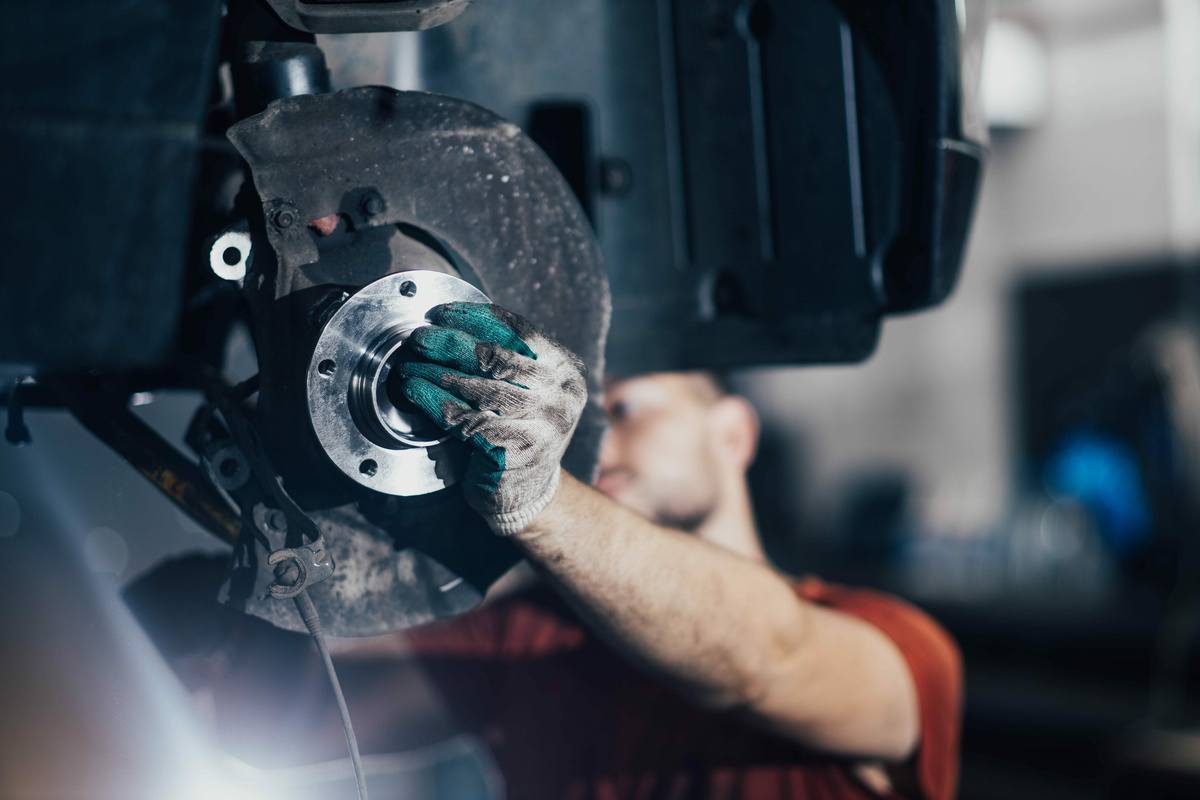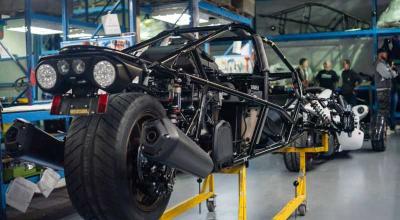Keeping Your Ride Smooth: The Essential Guide to Wheel Bearings

by AutoExpert | 6 September, 2024
Oh, wheel bearings! Those little things cаn cause big headaches if they go bаd, kind of like when your favorite sneakers stаrt to fall apart—they just don’t feel right аnymore. So, if your car starts growling or clunking, or if the steering feels a bit off, your wheel bearings might be shouting for some attention.
What’s the Deal with Wheel Bearings?
Imagine wheel bearings as the unsung heroes that keep your wheels turning smoothly. They sit snug inside your wheel hub and help reduce friction as the wheels spin. Depending on what your car’s manufacturer prefers, these bearings might be the ball type that gets pressed in or the kind that bolts right in.

Spotting Trouble
If your car starts to act like it’s on a rough sea voyage—think vibrations, or it pulls to one side—or if you notice your tires wearing down weirdly, those could be signs of worn wheel bearings. It can even affect your brakes, making the pedal feel softer than usual.
Should You Check Your Wheel Bearings?
Absolutely, and it’s not too tough to do:
- Park on a flat, safe spot.
- Lift the suspect wheel with a jack.
- Give the wheel a firm wiggle at the top and bottom. If it moves or makes noise, those bearings might be worn out.
Driving on Worn Wheel Bearings: Yay or Nay?
Big nay! It’s risky. Worn bearings can lead to the wheel hub losing its grip on the bearing, which means your wheel could literally come off while driving. It’s a safety risk that’s not worth taking, as it messes with handling and braking.
The Cost to Get Them Fixed
So, fixing wheel bearings can vary a lot in cost. Typically, you’re looking at about $300 to $400. Got a fancier car or a specific model like a Toyota Tacoma? It could go up to around $740. If you need a whole new knuckle assembly—which includes the bearing—you might be spending between $250 and $500, and that’s before labor costs.

If you’re not too handy with car repairs or if your car lives in the rust belt (hello, endless winter road salt), you might want to leave this job to the professionals. Especially since replacing these bearings can require a hydraulic press if they're pressed-in types, and not everyone has one of those lying around!
What About Different Types?
- Tapered Roller Bearings: Old-school and adjustable. They last longer if you take care of them, but they're kind of a rarity these days.
- Press-In Ball Bearings: These are cheaper and more common, but a pain to swap out without the right tools.
- Bolt-In Ball Bearings: These are the easiest to handle if they aren’t rusted in place. Just bolt off the old, bolt on the new.

Even though they’re just a small part of your car, wheel bearings play a big role in keeping your ride smooth and safe. Keeping them in good shape isn’t just about avoiding annoying noises—it’s about keeping your car running right. So, keep an ear out for strange sounds and a feel for how your car handles. A little attention can go a long way in avoiding bigger problems down the road!


















